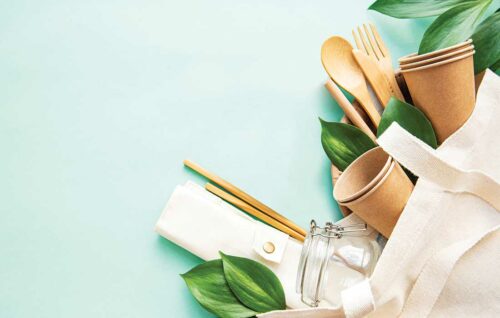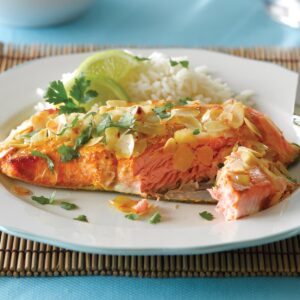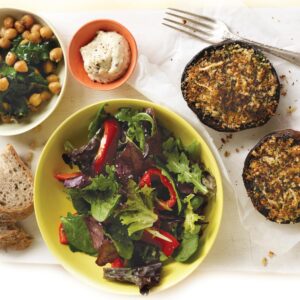
Forget food trends and fad diets. For the one in 70 Australians who are living with coeliac disease, the importance of following a strict gluten-free diet is a very real thing.
People living with coeliac disease have an immune system that reacts abnormally to gluten, causing damage to their small bowel. If left undiagnosed, serious health consequences can result. Currently, the only treatment for this medical condition is to follow a life-long gluten-free diet. Understandably, people living with coeliac disease can get nervous about eating food prepared outside their own kitchen. But there are ways to safely and confidently enjoy restaurant and cafe meals on a gluten-free diet. Read on to discover more.
How to choose a venue
Most restaurants and cafes now list their menu on their website, which means you can research ahead of time for suitable dining options. Thai, Mexican and Indian cuisines are often a safe choice, according to accredited practising dietitian Melissa Meier, who lives with coeliac disease herself. “Look for the gluten-free labels next to each item on the menu and always ask to be sure,” she adds.
A handful of restaurants are accredited by Coeliac Australia for following best practice during the preparation of gluten-free meals, so check the website (coeliac.org.au) for these. Many restaurants and cafes can also cater to gluten-free requirements by making small tweaks to their menu, so it’s worth ringing in advance to ask them about this.
Who to speak to
When phoning ahead to confirm a restaurant or café can prepare gluten-free meals, remember to:
- Call when staff are less likely to be busy. This means avoiding the breakfast, lunch or dinner service period, and aiming instead for times in between.
- Ask to speak directly to the chef so you can explain your requirements. This is also a good opportunity to ask about the management of cross-contamination (see below).
- Remind wait staff on arrival that you require a gluten-free diet because you’re living with coeliac disease, not because it’s your chosen lifestyle.
Cross-contamination
Even the smallest amount of gluten (one hundredth of a slice of bread) can cause gut damage for someone with coeliac disease. This is why it’s essential food venues prevent gluten-free foods from coming into contact with gluten-containing foods. Known as cross-contamination, this can easily occur if just a few breadcrumbs come into contact with a peanut butter jar via a knife, or the same chopping board or serving tongs are used for both gluten and gluten-free foods. Separate cookware/utensils is one way to prevent cross-contamination, as is clear labelling and separate storage areas.
The following restaurant and café foods have gluten:
- Wheat flour in sauces and gravies
- Breadcrumbs
- Croutons
- Stock cubes and powders
- Re-used oils that originally fried foods containing gluten
What to order
Some cuisines offer a large selection of naturally gluten-free dishes, but always double check with wait staff before ordering. If in a big group, try to be the last person who places their order, as your request will be front of mind among wait staff and more likely to be relayed correctly to the kitchen. Dietitian Melissa Meier suggests choosing the following coeliac-safe options:
Italian
Gluten-free pizza or pasta

Modern European
Grilled meat or seafood with vegetables or salad

Thai
Meat/seafood and vegie stir-fries with gluten-free sauces

Mexican
Tacos or nachos made with meat/seafood & beans

Indian
Curry or dhal served with rice

www.healthyfood.com










